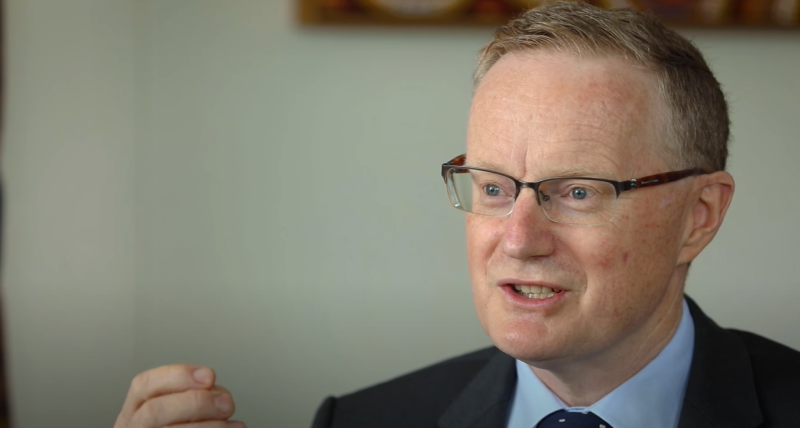- The rate will remain at 0.1%
- This is despite an increase in inflation, fuelled by fuel costs
- RBA Governor noted more information regarding evolution of labour costs will become available to the central bank over the coming months
The Reserve Bank of Australia (RBA) has announced the cash rate will remain at the historic low level of 0.1%, despite a strong economy and concerns regarding inflation, which is now at 3.5% – higher than the target range of 2-3%.
Despite the announcement, many banks have raised their fixed-term rates as multiple cash rate rises are expected this year.
Double-edged sword
While the economy has performed well, wage growth remains stagnant. Subsequently, inflation has remained low until recently due to ongoing supply chain issues.
The most obvious of these are the highest prices Australians have ever seen at the bowser, exacerbated by the conflict in Ukraine, which led to the Federal Government implementing a temporary 20 cent per litre fuel excise reduction in the Budget last week.
While the fuel price intervention may ease inflation temporarily, wages are expected to rise as workers – quite rightly too – demand higher wages. This is happening while the country recorded its lowest levels of unemployment since the 70s.
The Reserve Bank has been adamant it won’t raise the cash rate until inflation rises – most likely 2023 or 2024. Now, it is in the awkward position of backtracking.
What was said?
RBA Governor Philip Lowe noted that ongoing supply-side issues, Ukraine and strong demand from economies recovering from the pandemic are all contributing to upward pressure on prices.
Dr Lowe had also noted that bond yields have risen in response to expectations that future policy interest rates have increased.
“The Australian economy remains resilient and spending is picking up following the Omicron setback,” said Dr Lowe.
“Household and business balance sheets are in generally good shape, an upswing in business investment is underway and there is a large pipeline of construction work to be completed.”
“Macroeconomic policy settings also remain supportive of growth and national income is being boosted by higher commodity prices. At the same time, rising prices are putting pressure on household budgets and the floods are causing hardship for many communities.”
While inflation has increased in Australia, Dr Lowe argued it is below many other countries.
In terms of financial conditions, he noted that Australia continues to be highly accommodative.
“Interest rates remain at a very low level, although fixed mortgage rates for new loans have risen recently.”
Housing prices have risen strongly over the past year, although some housing markets have started to ease.
“With interest rates at historically low levels, it is important that lending standards are maintained and that borrowers have adequate buffers.”
In a change of tone, Dr Lowe conceded that “additional evidence” will become available to the RBA board regarding inflation and labour costs.
“The Board has wanted to see actual evidence that inflation is sustainably within the 2 to 3 per cent target range before it increases interest rates.”
“The Board will assess this and other incoming information as its sets policy to support full employment in Australia and inflation outcomes consistent with the target,” he concluded.








